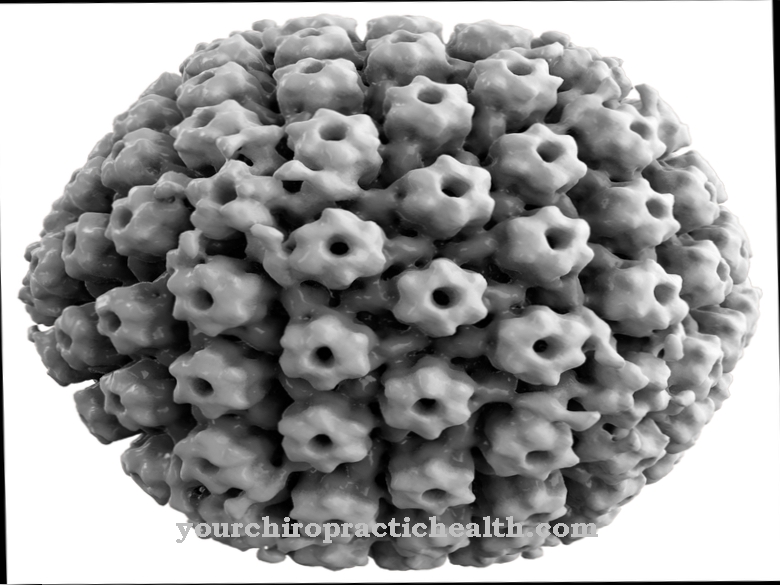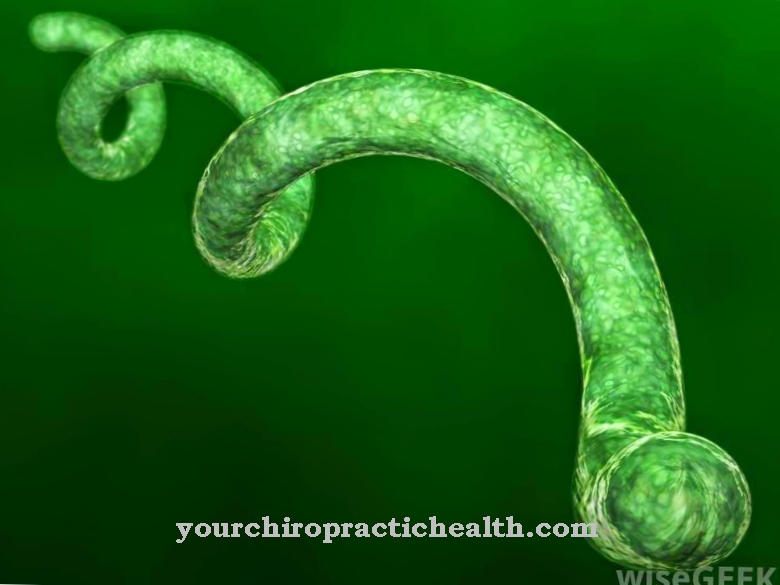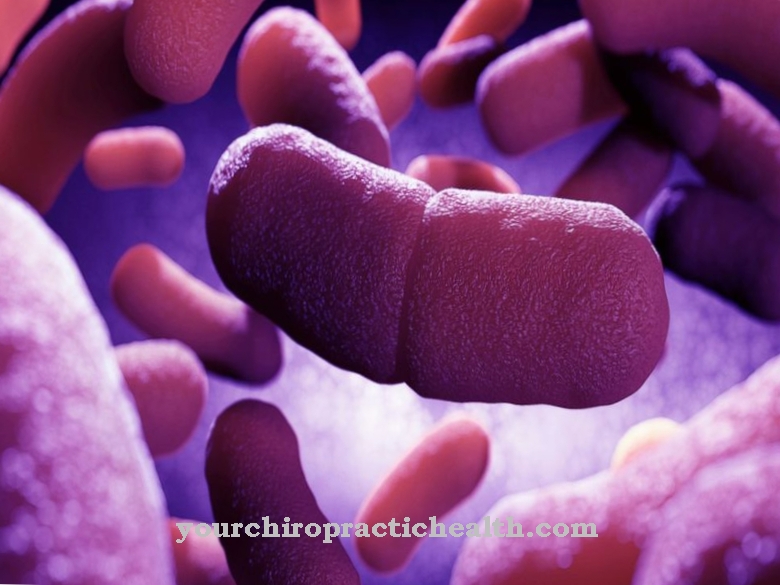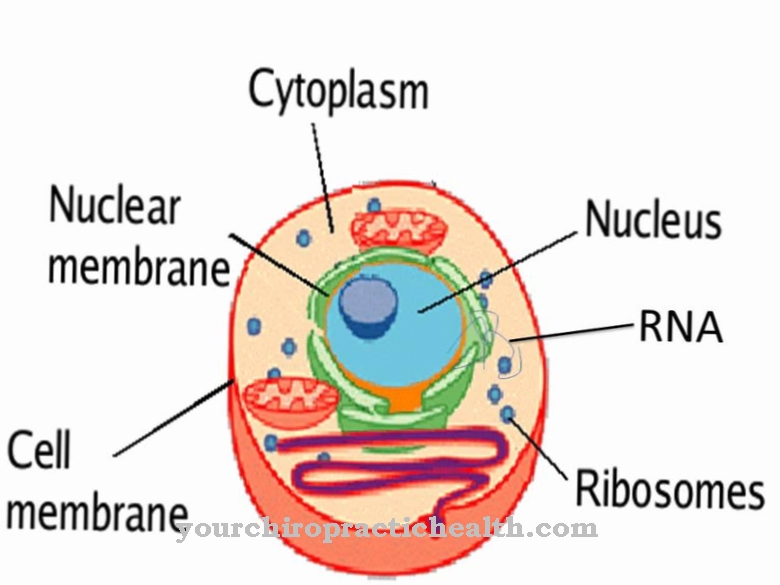Candida is a genus of yeast. The best-known representative of this genus is the Candida albicans fungus.
What is Candida?
Candida are yeasts from the department of the asphyxia. Several species in the genus are potential pathogens to humans. They are also known as pathogenic candida. These include Candida stellatoidea, Candida famata, Candida glabrata, Candida krusei, or Candida dubliniensis. The best known and most common representative of Candida is, however, Candida albicans. He is the causative agent of candidiasis. Candidiasis is an infectious disease that can cause sometimes drastic symptoms, especially in people with a weakened immune system.
The fungus is also found in three quarters of all healthy people.However, here it belongs more to the transient flora. This means that it is ingested with the food, passes through the intestinal tract and is then excreted again. It lives on the mucous membranes of the mouth, throat and in the digestive tract. He also feels good in the genital area, between the fingers and toes and on the fingernails and toenails.
Candida albicans is a facultative pathogen. It normally lives in a state of equilibrium with the human immune system and the other microorganisms in the digestive tract. However, relocation can result in serious symptoms.
Occurrence, Distribution & Properties
Candida yeast can be found almost everywhere. It is almost impossible for humans not to come into contact with candida. With a normal diet, people ingest larger amounts of mushrooms every day, especially through food. Plant-based food components in particular are naturally contaminated with Candida. The German Society for Hygiene and Microbiology allows up to 100,000 colony-forming units of mushrooms per gram on dried herbs and spices. Fresh raw vegetable salads also often contain large amounts of candida. For ready-to-eat salads, such as those available at salad counters in supermarkets, guide values of up to 5,000,000 colony-forming units per gram apply. A meal with 200 grams of raw vegetable salad can easily get several million mushrooms into the body.
Candida is relatively gastric acid-resistant, so that many of the yeasts ingested pass into the intestinal tract. In the intestine, many fungi are normally killed by digestive enzymes. If the colonization resistance in the intestine is intact, however, the fungi usually do not have the opportunity to multiply in the intestine. Long-term adhesion or further settlement in the intestine is also not possible with an intact intestinal flora.
Illnesses & ailments
If, on the other hand, Candida fungi encounter an impaired barrier system in the human intestine, the opportunists can multiply in the intestine and colonize the intestine. A minor Candida colonization initially becomes a superficial infection of the intestinal walls. Candida yeasts can develop various pathogenicity mechanisms in the intestine. For example, they can form threads that dig deep into the intestinal mucosa. The activation of cyclic proteases also damages the intestinal mucosa. With the help of these pathogenicity mechanisms, the yeast can penetrate deep into the intestinal wall. This initially results in deep mycoses. Later, it can also enter the body's bloodstream and thus generalized distribution of the yeast.
Yeasts can cause numerous symptoms even in the intestines. The rapid multiplication of fungi in the intestine naturally leads to an increased number of dead fungus and intestinal cells. These break down and release so-called antigens. The antigens are partially absorbed by the intestinal mucous membrane and enter the blood through damaged mucous membrane barriers. With an allergic disposition (disposition), the antigens can cause corresponding allergic reactions. It is even believed that rheumatoid symptoms, such as those often found in intestinal mycoses, are due to circulating immune complexes.
Yeasts have been used to make alcoholic beverages for many centuries. When they break down carbohydrates, they produce ethanol and fusel oils. Similar processes take place in the case of a Candida load in the intestine. The liver in particular suffers from the permanently accumulating fusel alcohol when it is exposed to fungus for a long time. Chronic intestinal mycoses can cause severe liver damage.
Since the yeast partially displaces the local flora when it attaches to the intestinal mucosa, the barrier function of the intestine is also impaired. An intestinal mycosis can cause the so-called leaky gut syndrome. In the leaky gut syndrome, the intestinal mucosa is permeable so that various antigens and microorganisms can enter the bloodstream. Allergic skin symptoms or skin diseases such as neurodermatitis can result.
Candida can not only spread in the intestines, but also in the oral cavity. The candidiasis of the oral cavity is also called thrush or stomatitis candidomycetica. A whitish coating can be seen on the reddened mucous membranes of the mouth. This can be wiped off.
Candidiasis of the vagina is called vaginal mycosis or vaginal thrush. Again, the cause is almost always Candida albicans. Vaginal thrush is usually caused by a weakened immune system, hormone fluctuations, improper intimate hygiene or sexual intercourse. Typical symptoms of a vaginal yeast infection are itching and discharge. The discharge is white and has a crumbly consistency. In contrast to the discharge from bacterial infections, the discharge from vaginal thrush is almost odorless. In addition, white, wipeable deposits can appear on the mucous membrane of the vagina. Erosion of the sensitive mucous membranes is also possible. Depending on the extent of the disease, painful lesions can also spread to the inside of the thighs.














.jpg)





.jpg)

.jpg)





